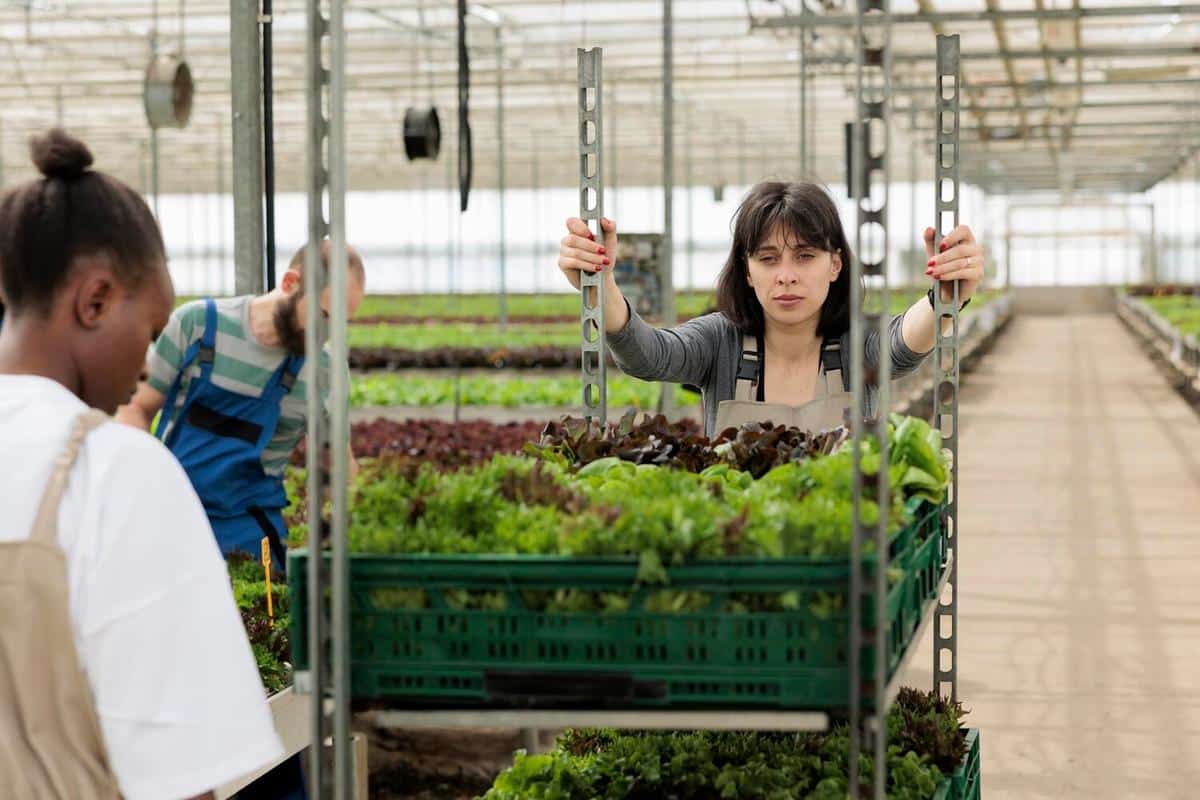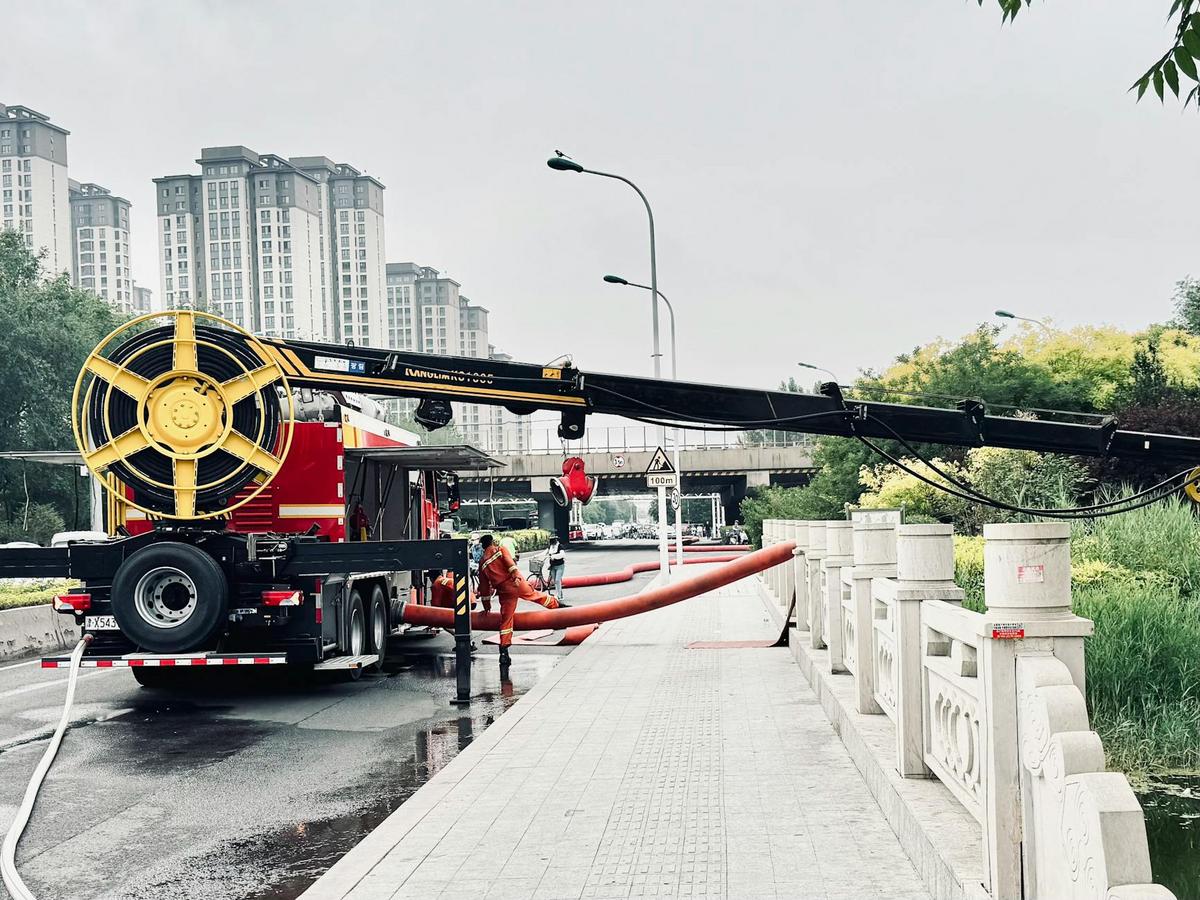
Aquaponics: A Sustainable Solution for Feeding the World
As the global population continues to rise, finding sustainable solutions for feeding the world is more crucial than ever. One innovative approach gaining momentum is aquaponics, a system that combines aquaculture and hydroponics to produce food efficiently and sustainably.
Aquaponics is a symbiotic system where fish and plants are grown together in a harmonious environment. The waste produced by the fish provides essential nutrients for the plants, while the plants help to filter and purify the water for the fish. This closed-loop system not only conserves water but also eliminates the need for chemical fertilizers, making it an environmentally friendly option.
Understanding Aquaponics
In aquaponics, water from the fish tank is circulated through a hydroponic system where plants are grown. As the water passes through the plant roots, it is filtered and returned to the fish tank. This cycle creates a sustainable ecosystem that can produce both fish and vegetables.
Expert Opinions
According to Dr. James Rakocy, a leading researcher in aquaponics, “The integration of aquaculture and hydroponics can revolutionize food production by minimizing resource use and maximizing output.” His research at the University of the Virgin Islands highlights the efficiency of aquaponics in reducing water usage by up to 90% compared to traditional farming methods.
Research Findings
Research from the Food and Agriculture Organization (FAO) indicates that aquaponics can yield up to 10 times more food per acre compared to conventional agriculture. Additionally, this method utilizes only 10% of the water required for soil-based farming.
Aquaponics in Action
An inspiring example is the work of a small-scale farmer in urban Chicago who transformed a vacant lot into a thriving aquaponic farm. By doing so, he not only provides fresh produce to the local community but also educates others on the benefits of sustainable farming practices.
Getting Started with Aquaponics
- Begin by choosing the right location with adequate sunlight.
- Select fish species that are well-suited for your climate, such as tilapia or catfish.
- Opt for plants that grow well in water, like lettuce, basil, or tomatoes.
- Regularly monitor water quality and ensure a balanced ecosystem.
Benefits of Aquaponics
| Benefit | Description |
|---|---|
| Water Conservation | Uses 90% less water than traditional farming. |
| Space Efficiency | Can produce more food per square foot. |
| Natural Fertilization | No need for chemical fertilizers. |
| Sustainable Production | Creates a closed-loop ecosystem. |
| Reduced Waste | Fish waste is converted into plant nutrients. |
| Climate Adaptability | Suitable for urban and rural areas alike. |
| Year-Round Growth | Allows for continuous production regardless of season. |
| Community Impact | Can provide local food and educational opportunities. |
FAQs
How does aquaponics differ from hydroponics?
While both systems grow plants without soil, aquaponics integrates fish farming, providing natural nutrients to the plants.
What types of fish are best suited for aquaponics?
Common choices include tilapia, catfish, and trout, depending on your climate and system size.
Is aquaponics suitable for beginners?
Yes, starting with a small system can be a great learning experience for newcomers.
Conclusion
Aquaponics presents a promising solution for sustainable agriculture. By integrating fish and plant farming, it conserves resources, reduces waste, and can be implemented in various environments. As we look to the future, adopting aquaponics could play a vital role in feeding the world sustainably. Whether you are a farmer or a home gardener, exploring aquaponics might just be the step towards a greener future.


